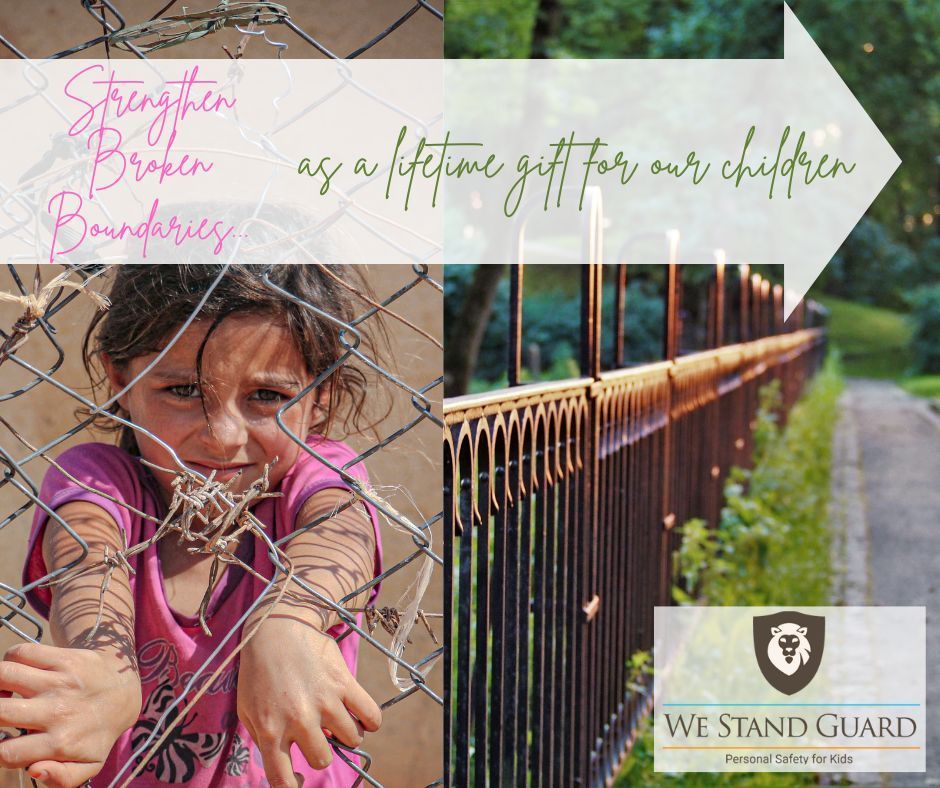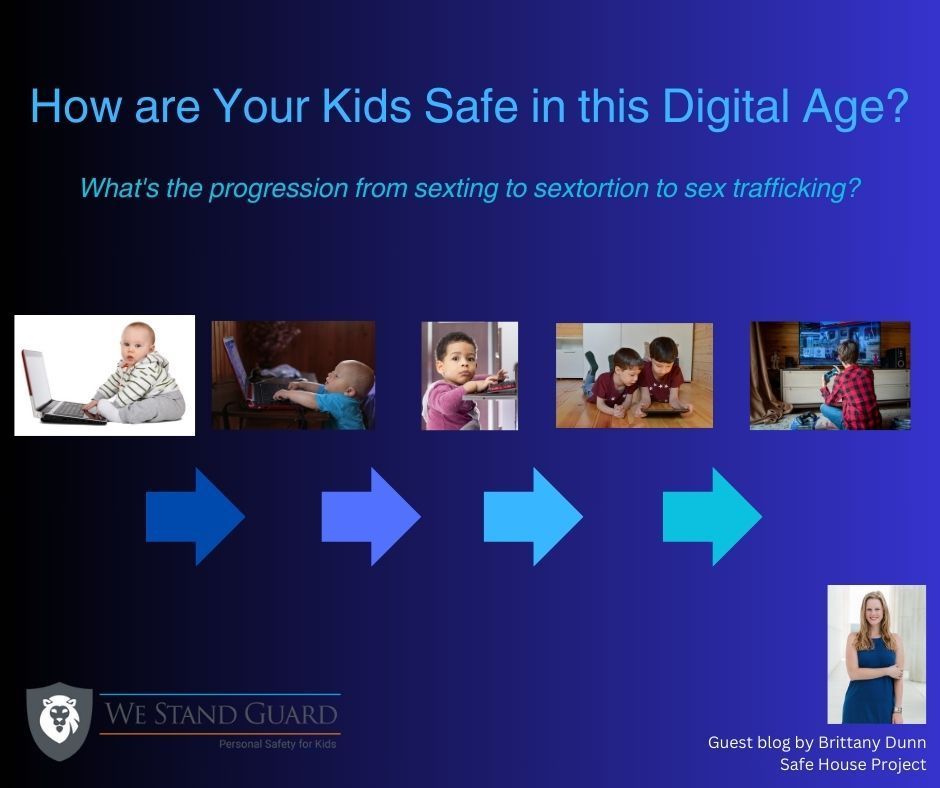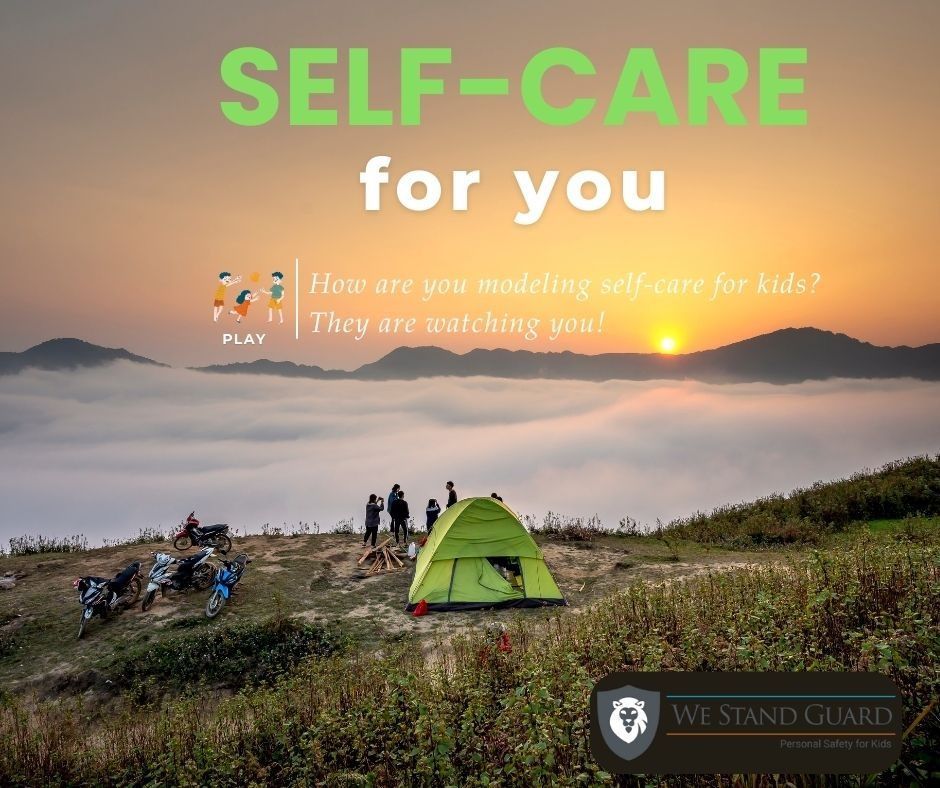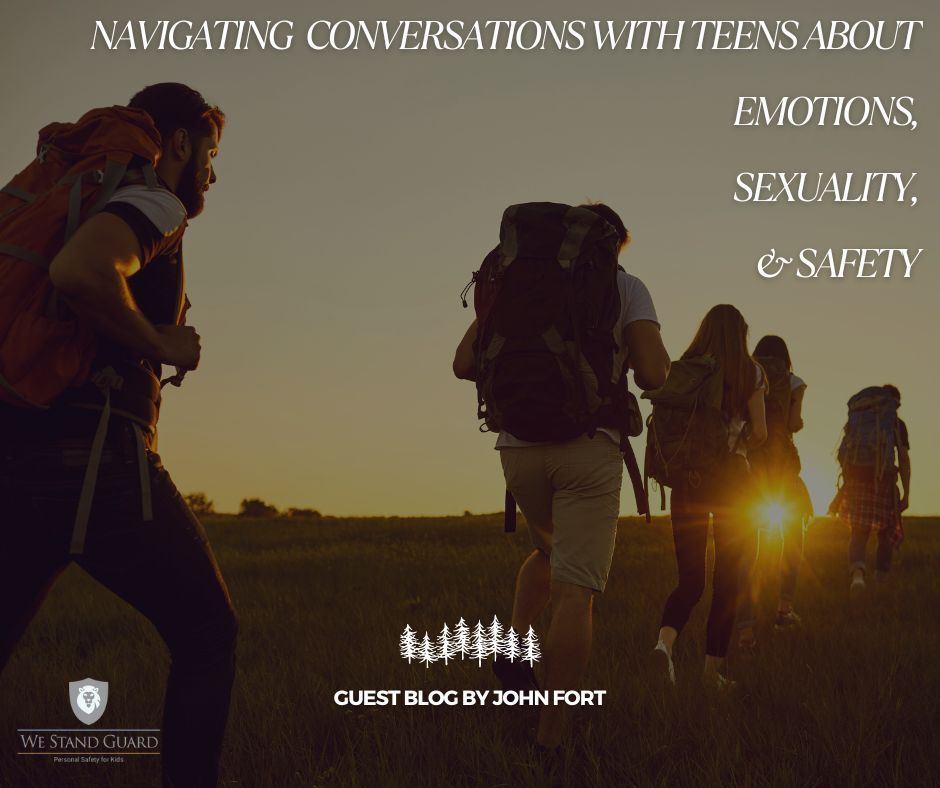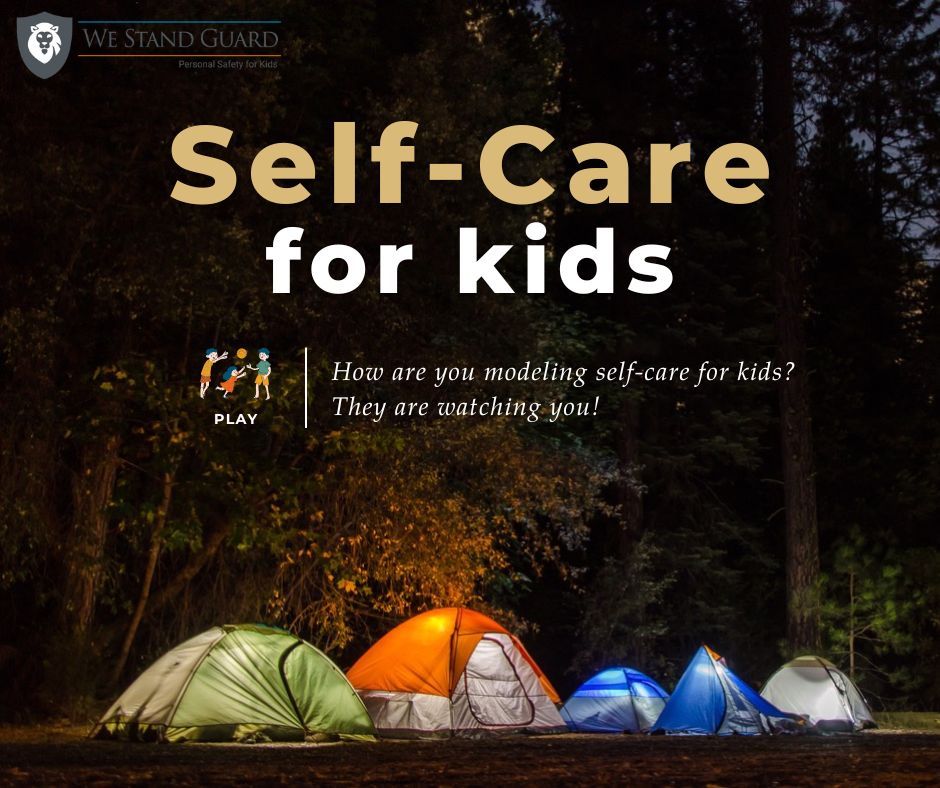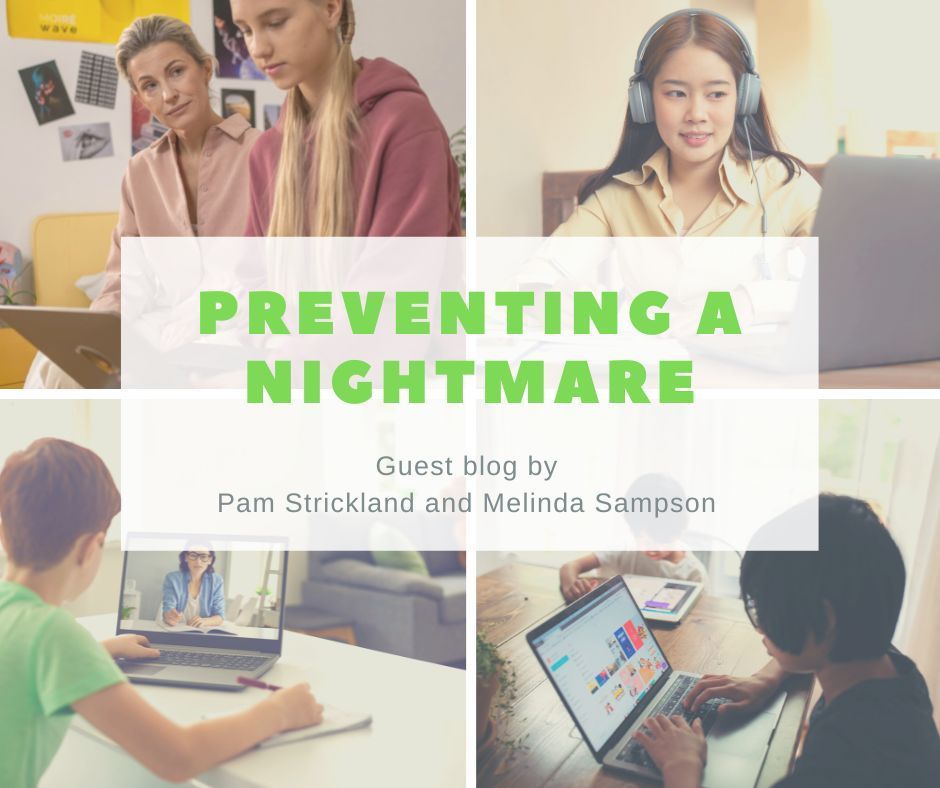Keeping a Closer Eye on Kids During COVID-19
How do you protect kids on-line?
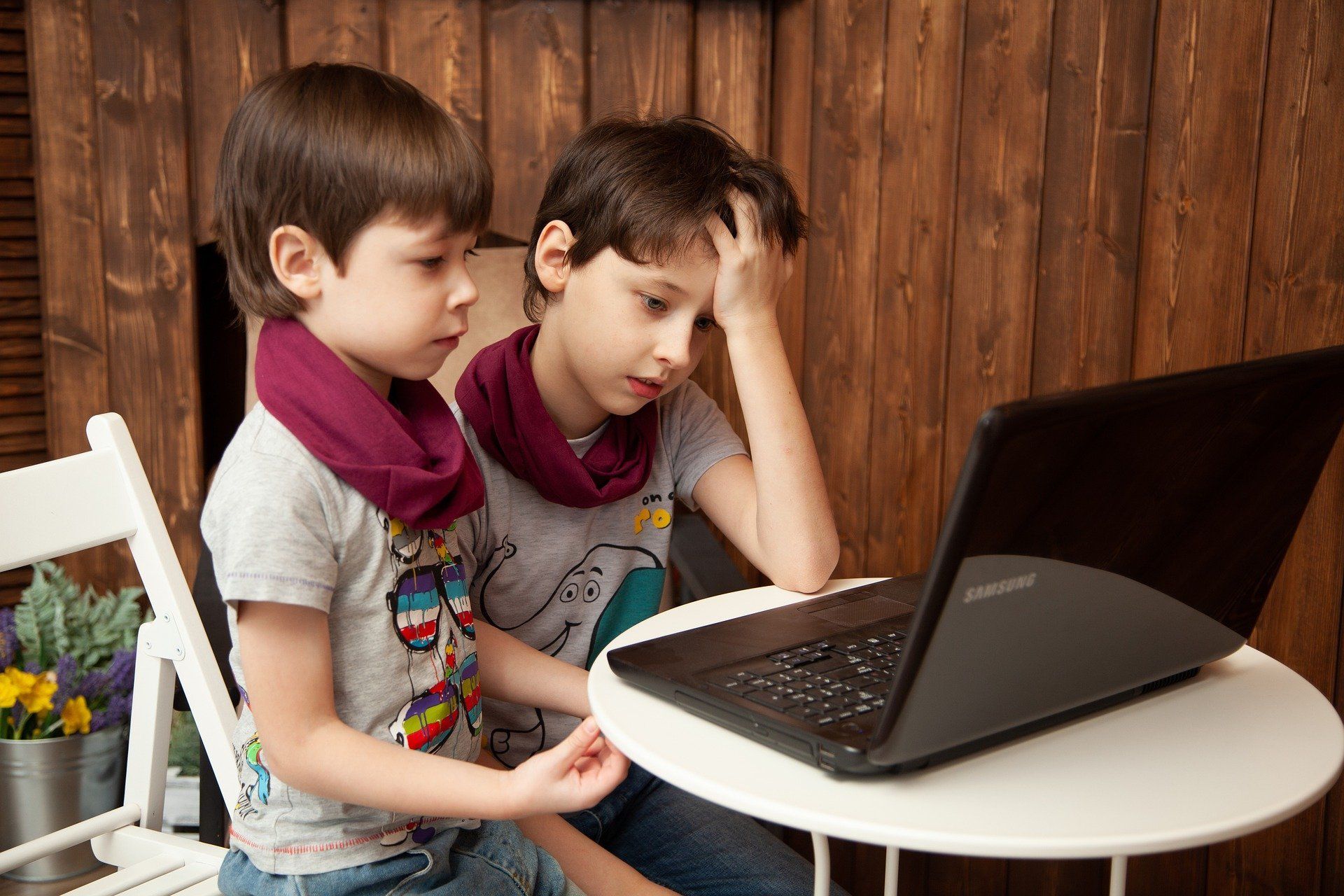
Once a child sees pornography, he or she cannot un-see it. With so many devices, how do we protect kids from non-contact child sexual abuse of seeing pornography?
Check out this guest blog about the COVID quarantine effect on kids along with effective parental controls in this blog.
The guest author is Susan Doktor. She writes on a variety of topics including technology, parenting, and education.
Keeping a Closer Eye on Kids During COVID-19
By Susan Doktor
It isn’t unexpected. But for many parents it is worrisome. (As if we needed more to worry about!) The global pandemic has influenced umpteen aspects of our kids’ lives—screen time is among them. By some estimates, kids are now spending six hours on average online, which represents an increase of about 50% since school closings, stay-at-home orders, and social distancing have become the norm.
Kids are also using a wider range of digital apps to communicate and otherwise amuse themselves. Who can blame them? Boredom is a distinct side effect of the coronavirus pandemic. But the challenge for parents is to keep kids safe no matter where their electronic meanderings may take them. Many parents may already be monitoring their kids’ messages —sometimes openly and sometimes secretively. But SMS text messages are only a small part of the picture now. Concerned parents may want to exercise greater and more precise control of their kids’ digital habits. And that may mean upgrading to more sophisticated parental control technology.

Blocking vs. Monitoring
Some of the devices and services we already use incorporate some control capabilities—the TV streaming services we subscribe to, for example. But those controls tend to be fairly rudimentary. They simply allow parents to block some categories of content or automatically limit their children’s screen time. They don’t necessarily monitor the kinds of activities or conversations kids are engaging in. That’s where separate, add-on parental control applications come in.
If you’re interested in further safeguarding your kids’ digital experience, you have a lot of choices. Before researching which service might be right for your family, take the first step of checking to see if any apps you weren’t previously aware of have been added to your kids’ phone menu. That’s important, because not all parental control apps cover all social media platforms and apps. WhatsApp, for example, has largely replaced traditional text messaging for some kids, but isn’t included in the list of monitored apps by all of the parental control packages out there.
Applications that provide parents the opportunity flexibility make the top of our list. Not all kids require the same monitoring scope or schedule and you may want to set different standards for kids of different ages. Screen time and bedtime are just two examples. If your kids have access to a variety of electronic devices, you’ll want to find an application that works across all of those platforms.
The door to the internet is wide open. Kids visit a lot of sites and it’s hard for parents to keep up with them. With some apps, parents are required to set up the sites they want to block on their own. The best parental control apps have sophisticated artificial intelligence built into them so they continuously monitor the content your kids download, no matter what site they’re visiting. They’re built to flag keywords that indicate when content may be inappropriate for viewing and send parents alerts whenever kids stray outside the limits you want to set.
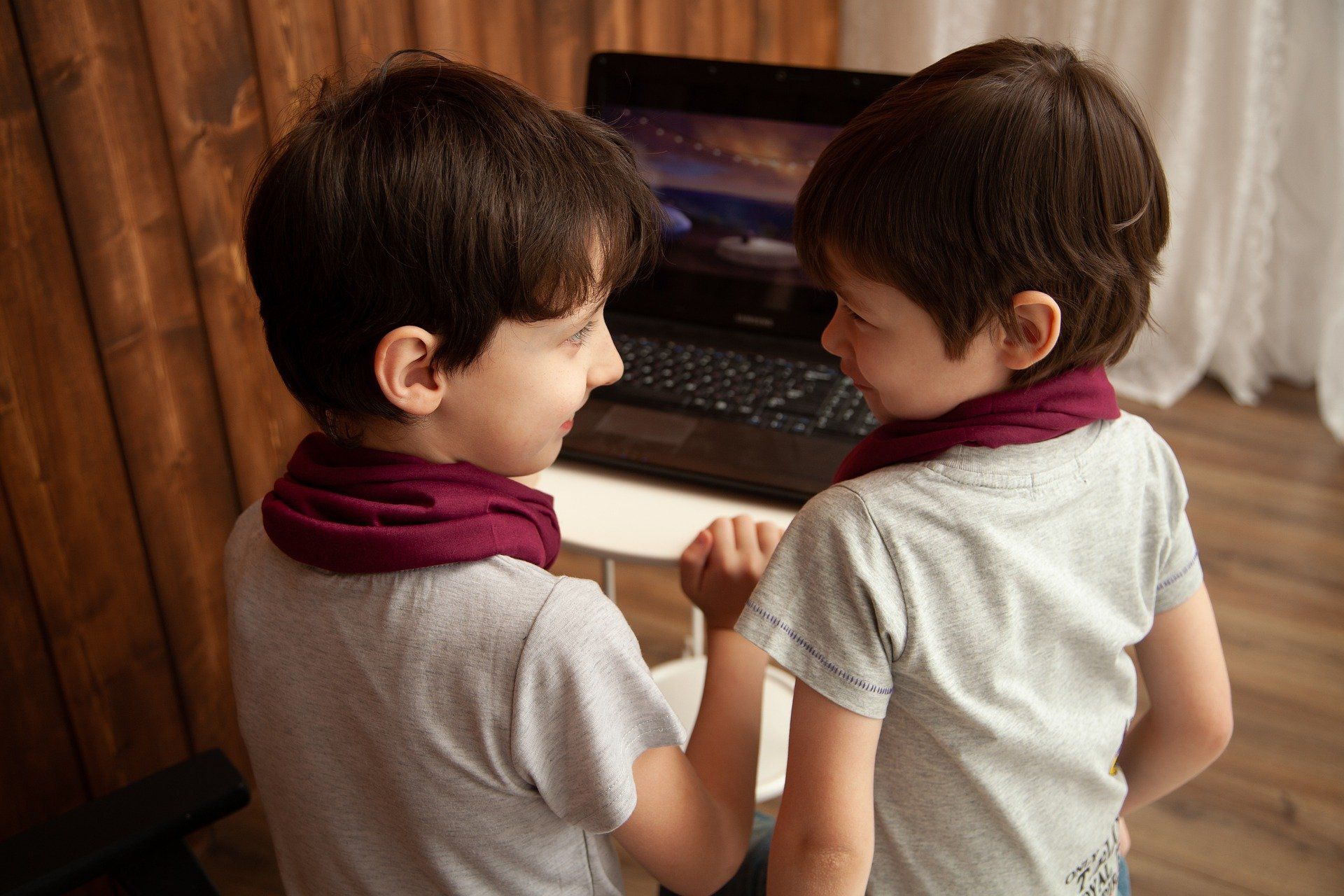
Be in Tune with your Kids On-Line Activity
Kids can be capricious and moody. That’s to be expected, of course. But kids also sometimes shy away from sharing their feelings or talking about the stressors in their lives. Teenagers, who are trying to establish their independence, are notorious for that. But it’s hard to imagine a more stressful situation than living through a pandemic. So many parents are—quite reasonably—more concerned about their kids’ mental health now than ever before. Some parental control apps monitor the content of your kids’ messages and social media posts for signs that something may be amiss in your kids’ emotional and social lives. They look for and can alert parents to signs of bullying, violence, and depression, for example. Some apps that provide this type of content monitoring are customizable. You probably don’t want to be alerted every time your child expresses a sad thought, but absolutely want to know if he or she shows signs of being suicidal. With some apps, you can change settings based on your preferences to be alerted to every little thing or just ongoing dangerous patterns the app may detect.
Parental control apps don’t have to be costly. Some companies offer free versions of their applications, though they provide less flexibility and fewer features than the plans you pay for. But reasonably comprehensive monthly monitoring plans typically cost under $10 per month and allow you to monitor multiple devices simultaneously. Many parents will find that a small price to pay for keeping their kids safer and their own minds at ease.
Author bio:
Susan Doktor is a journalist and business strategist who hails from New York City. She covers a wide range of topics, including technology, parenting, and education. Follow her on Twitter @branddoktor.
